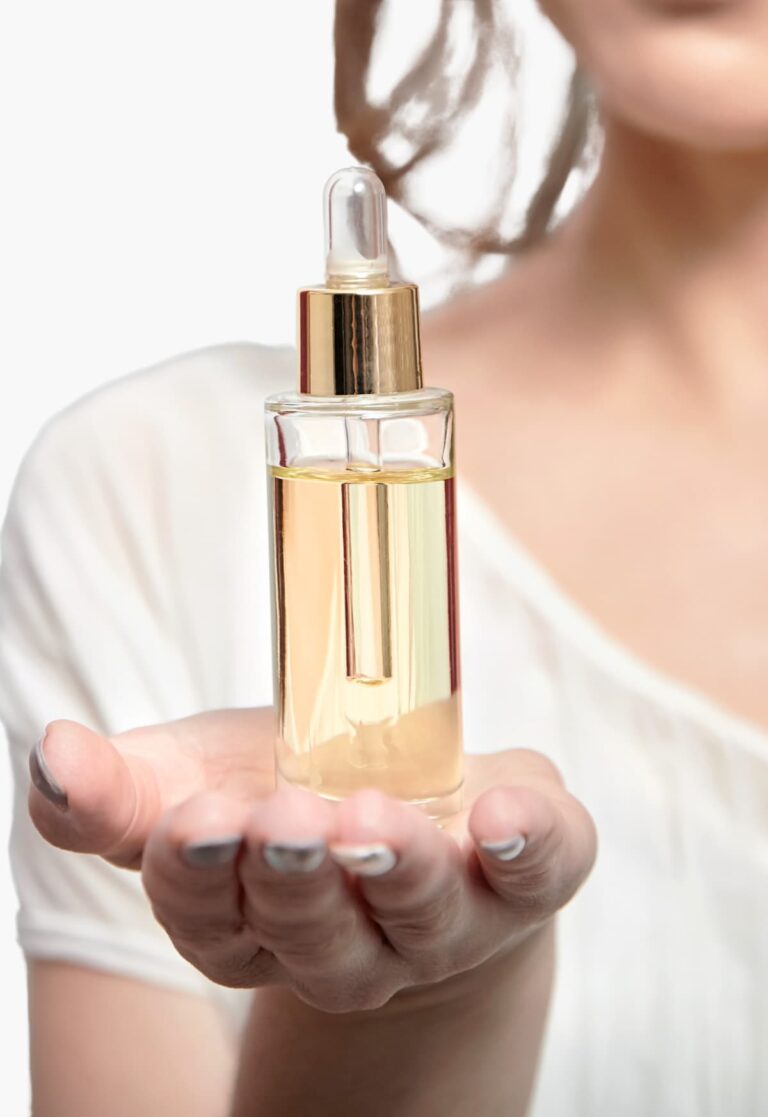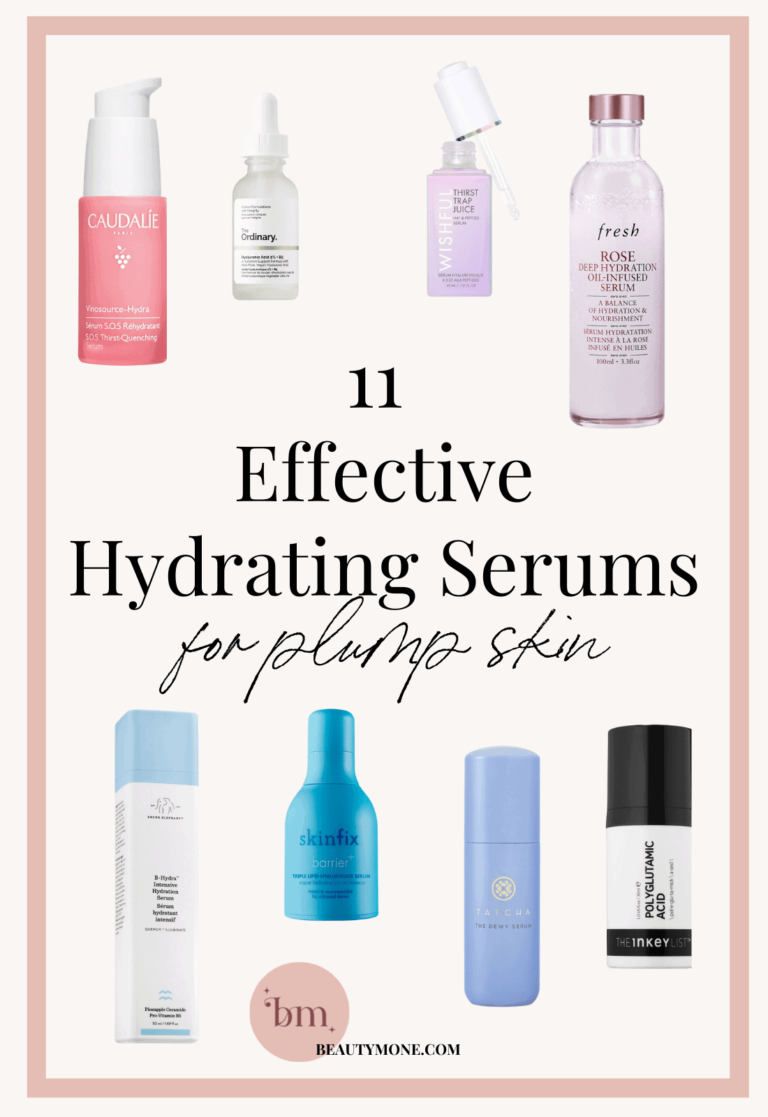Lactic Acid Peel VS Glycolic Acid Peel: Which is Best for You?
If you’re on a quest for radiant skin, you’ve likely stumbled upon the buzz around chemical peels. Two popular contenders in the skincare arena are lactic acid peels and glycolic acid peels. Both promise to rejuvenate your complexion but differ in their approach and benefits.
Overview of Chemical Peels
Chemical peels offer a refreshing approach to skincare, targeting imperfections and promoting a radiant complexion. Lactic acid peels and glycolic acid peels stand out among them, each with its unique strengths.
Lactic acid peels use milk-derived alpha hydroxy acid (AHA) to exfoliate the skin gently. This type of peel is perfect if you’re looking for a milder option that hydrates while removing dead skin cells. It’s ideal for dry or sensitive skin types, as it nurtures the skin and minimizes irritation. You might experience some tingling during the process, but the results often reveal smoother and brighter skin.
Glycolic acid peels, on the other hand, pack a bit more punch. As one of the smallest AHAs, glycolic acid penetrates the skin deeply, making it effective for treating a range of concerns like dark spots, fine lines, and acne scars. If your skin craves more rejuvenation, glycolic peels can provide that more intense exfoliation. But, it’s important to give your skin time to recover, as it can be a bit harsher than lactic options.
Both peels encourage skin cell turnover and enhance your skincare routine. Understanding the differences can help you choose the right peel for your beauty goals. Whether you opt for the gentle touch of lactic acid or the bold effectiveness of glycolic acid, each offers unique benefits to help you feel more confident in your skin.
Lactic Acid Peel
Lactic acid peels shine in the world of skincare, especially for those seeking a gentle yet effective way to boost their complexion. As a standout option derived from milk, these peels exfoliate while hydrating the skin, making them perfect for individuals with dry or sensitive skin. They’re all about delivering that fresh, radiant glow with minimal irritation.
Benefits of Lactic Acid Peel
Lactic acid peels come with a host of benefits that can transform your skin. Here are some key perks to consider:
- Gentle Exfoliation: Lactic acid exfoliates the skin’s surface without stripping away moisture. You get smoother skin and a refreshed look without the harsh aftermath.
- Hydration Boost: These peels don’t just exfoliate; they also hydrate. Your skin feels plump and soft, thanks to the humectant properties of lactic acid.
- Improved Texture: Regular use can lead to a reduction in the appearance of rough patches and texture irregularities, giving your complexion a more refined, even tone.
- Minimized Fine Lines: Lactic acid helps boost collagen production, which can reduce fine lines over time. You’re not just peeling; you’re promoting youthful-looking skin.
- Suitable for All Skin Types: Whether you have oily skin, dry skin, or something in between, lactic acid’s gentle nature makes it a versatile choice for many skin types.
Ideal Candidates for Lactic Acid Peel
Lactic acid peels fit various skin types and needs, making them a fantastic option for many. Here’s who can benefit the most:
- Individuals with Sensitive Skin: If your skin tends to react adversely to more aggressive treatments, lactic acid offers a kinder alternative that still packs a punch.
- Those Seeking Hydration: If dryness is your main concern, you’ll appreciate how lactic acid peels provide moisture while refining your skin.
- People New to Chemical Peels: If you’re just starting your chemical peel journey, lactic acid is an excellent entry point. Its low irritation level makes it easier to incorporate into your routine.
- Anyone Looking for a Radiant Glow: If your skin needs a pick-me-up, the exfoliating and hydrating properties of lactic acid can revive your complexion, making it look vibrant and youthful.
Exploring lactic acid peels can be a game-changer in your skincare routine. With their gentle touch and multitude of benefits, they invite you to radiate confidence and self-love through healthy, glowing skin.
Glycolic Acid Peel
Glycolic acid peels stand out in the world of skincare for their powerful ability to rejuvenate and reveal brighter skin. If you’re on a journey to address specific skin concerns like dark spots, fine lines, or acne scars, this chemical peel is worth considering.
Benefits of Glycolic Acid Peel
- Intense Exfoliation: Glycolic acid, derived from sugarcane, offers a deeper exfoliation compared to milder acids. This process helps slough away dead skin cells, unveiling fresh skin underneath.
- Enhanced Skin Texture: Regular use of glycolic acid peels can smooth rough areas, boost skin elasticity, and improve overall texture. You’ll notice a more refined and even complexion.
- Fades Hyperpigmentation: Glycolic acid peels are effective for lightening dark spots and pigmentation caused by sun exposure or acne scars. Over time, you’ll see a more uniform skin tone.
- Minimizes Fine Lines: By promoting collagen production, glycolic acid peels help reduce the appearance of fine lines and wrinkles, making your skin look youthful and radiant.
- Boosts Radiance: As glycolic acid peels clear away dull skin, they reveal the healthy, glowing skin beneath. This glow can enhance your natural beauty, giving you that fresh-faced look.
Ideal Candidates for Glycolic Acid Peel
Glycolic acid peel suits various skin types but is especially beneficial for:
- Oily Skin Types: If you struggle with excess oil and enlarged pores, glycolic acid can help by deeply cleansing your skin and reducing breakouts.
- Dull Complexion: If your skin lacks radiance and feels lifeless, glycolic acid peels can breathe new life into your complexion, making it brighter and more vibrant.
- Aging Skin: For those concerned about aging, glycolic acid helps minimize fine lines and wrinkles while enhancing the skin’s elasticity.
- Enthusiasts of At-Home Treatments: Many people find that incorporating glycolic acid peels into their routines showcases quick results. You can enjoy spa-like effects from the comfort of your home.
If you’re thinking about trying a glycolic acid peel, know your skin type and specific concerns. With consistent use and the right products, you can transform your skincare routine and achieve the radiant, beautiful skin you’re aiming for.
Lactic Acid Peel vs Glycolic Acid Peel
When it comes to achieving that radiant complexion, lactic acid and glycolic acid peels stand out in the world of skincare. Both can work wonders, but they do it in different ways. Let’s jump into the key differences between these two powerhouse peels and help you choose the right one for your skin type.
Key Differences
- Source of Acid: Lactic acid comes from milk, while glycolic acid is derived from sugarcane. This difference in origin affects their application and results. Lactic acid offers mild exfoliation with hydrating properties, perfect for those who want to gently refresh their skin. Glycolic acid, on the other hand, delivers a stronger punch, making it ideal for targeting stubborn issues like dark spots and fine lines.
- Strength and Intensity: Lactic acid peels are generally milder and suit sensitive skin, minimizing irritation while still revealing a brighter complexion. They typically contain a lower percentage of acid, making them suitable for beginners. Glycolic acid peels pack a more intense exfoliating effect. If your skin can handle it, you’ll notice a more significant enhancement in texture and clarity, especially with regular use.
- Skin Types: Lactic acid shines for dry or sensitive skin types that crave hydration and gentleness. Glycolic acid targets oily or combination skin to address acne scars and uneven texture. Identifying your skin’s needs can guide you toward the best peel for your routine.
- Results Timeline: Lactic acid peels may provide immediate hydration and smoothness, often leading to a plump, dewy appearance right after application. Glycolic acid, but, requires more consistent application for optimal results—think of it as your fast-track ticket to long-term skin goals like fading hyperpigmentation and fine lines.
Choosing the Right Peel for Your Skin Type
Selecting the right peel comes down to understanding your skin’s unique needs. If you’re just starting your chemical peel journey or have sensitive skin, choosing a lactic acid peel might be the way to go. You’ll enjoy gentle yet effective results without overwhelming your skin.
If your concerns lean towards acne scars or lackluster texture, a glycolic acid peel could be your best companion. Oily skin loves the deep cleansing effects of glycolic acid, which helps keep breakouts at bay while smoothing imperfections.
Remember, test patches are your best friend when trying something new. Applying a small amount of the peel on your arm can help gauge your skin’s reaction before committing to a full facial treatment.
Your skin reflects your lifestyle, so knowing what it craves helps maintain that healthy glow. Whether you choose lactic acid for hydration or glycolic acid for deeper exfoliation, both paths lead to clearer, more radiant skin.
Conclusion
Choosing between a lactic acid peel and a glycolic acid peel eventually depends on your skin type and specific concerns. If you’re looking for gentle hydration and a radiant glow lactic acid is your go-to option. On the other hand if you want to tackle issues like dark spots and fine lines glycolic acid may be more effective.
Both peels can enhance your skincare routine and promote healthy skin. Remember to consider your skin’s unique needs and always perform a patch test before diving in. With the right choice you’ll be on your way to achieving the glowing complexion you desire.






